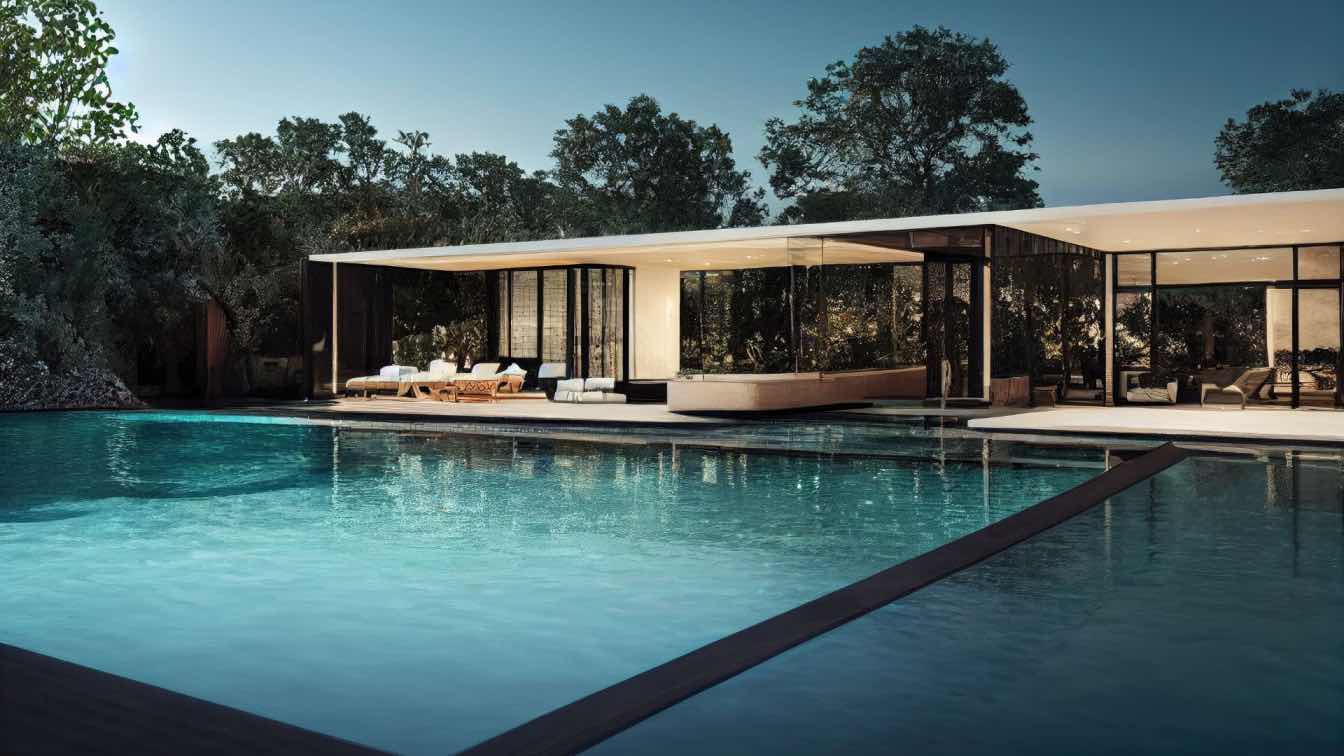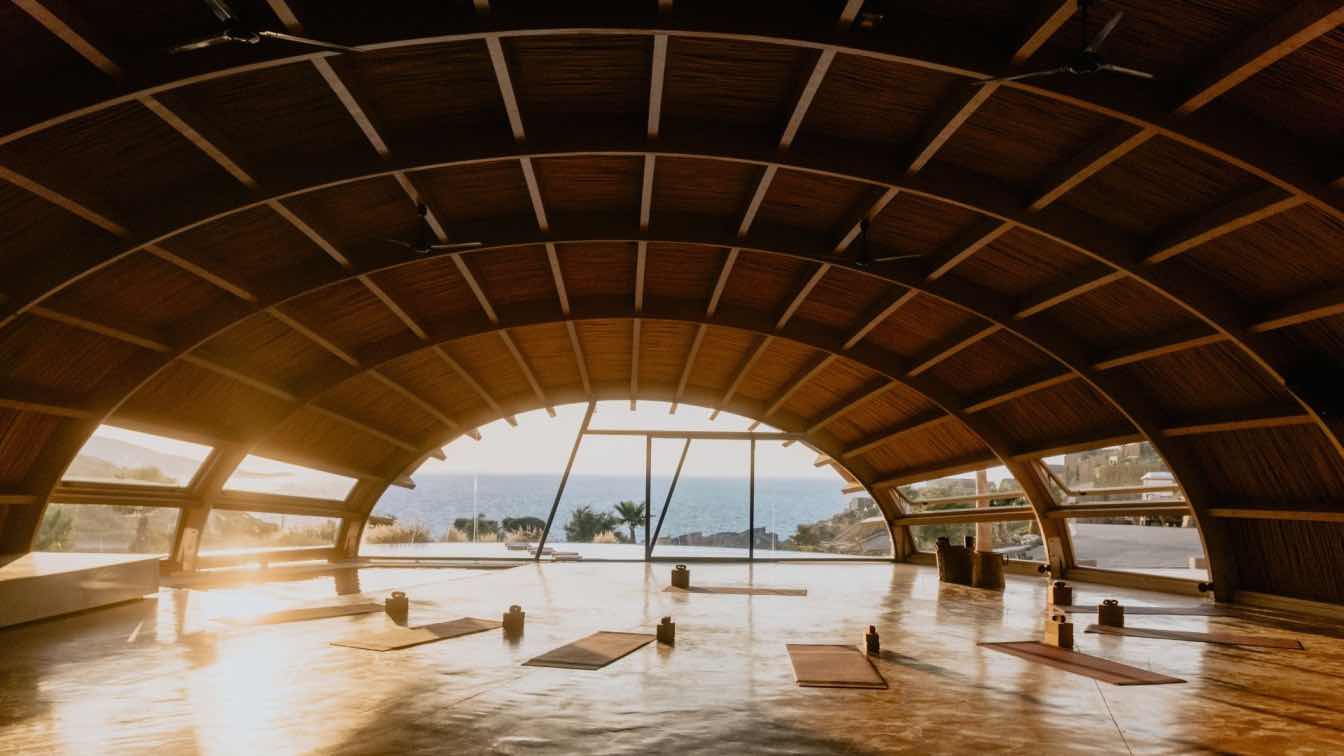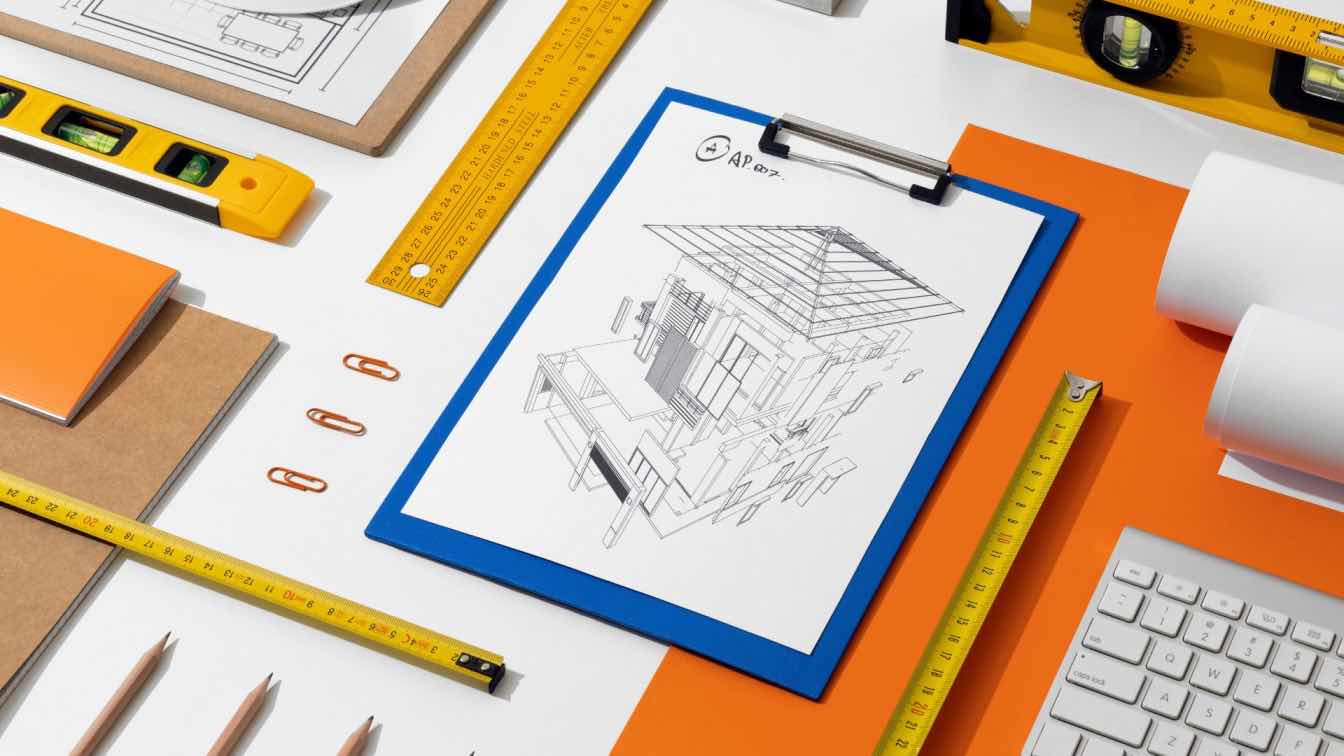Water has always played a central role in architecture, shaping both public and private spaces for thousands of years. From the grand communal baths of ancient Rome to the sleek infinity pools adorning modern luxury homes, the swimming pool has undergone a remarkable transformation. No longer just a place to cool off, it has become a statement of design, a seamless extension of its surroundings, and a symbol of innovation in outdoor living.
Advancements in materials, technology, and aesthetics have turned pools into architectural masterpieces. Glass walls blur the line between water and air, vanishing edges create the illusion of boundlessness, and custom lighting transforms still surfaces into dynamic reflections of the sky. Whether designed as a tranquil retreat or a bold sculptural element, the modern pool is an art form—one that continues to push the boundaries of engineering and design.
Ancient Beginnings: The First Pools in History
The earliest pools were not built for leisure but for ritual, hygiene, and communal gathering. Some of the oldest known examples date back over 5,000 years to the Great Bath of Mohenjo-Daro in present-day Pakistan. Constructed from baked bricks and coated with a bitumen sealant, this structure was likely used for religious purification rather than recreation.
In ancient Egypt, pools became more ornamental. Wealthy nobles built large, rectangular basins surrounded by lush gardens, often stocked with fish and lotus flowers. These pools were designed as serene escapes from the desert heat, setting an early precedent for integrating water into residential landscapes.
The Greeks and Romans elevated pool architecture to an entirely new level. The Roman thermae, vast public bathing complexes, became architectural marvels in their own right. Constructed with advanced engineering techniques, they featured heated floors, intricate mosaics, and domed ceilings. Over time, private pools—piscinae—emerged in the villas of the elite, symbolizing both status and sophistication.
The Rise of Private Pools: Mid-20th Century Boom
For centuries, pools remained a luxury reserved for the privileged few. It wasn’t until the mid-20th century that they became a defining feature of private residences, particularly in regions where modernist architecture flourished. Advances in construction techniques, the post-war economic boom, and the rise of suburban living all contributed to this shift.
In the 1950s and '60s, pools became synonymous with the Hollywood lifestyle, appearing in films, fashion photography, and architectural magazines. Sleek, geometric designs complemented the clean lines of mid-century modern homes, with architects like Richard Neutra and John Lautner incorporating pools as seamless extensions of their structures. The Kaufmann Desert House in Palm Springs, with its striking pool reflecting the surrounding mountains, remains one of the most iconic examples.
As the trend spread beyond celebrity enclaves, innovations such as gunite (sprayed concrete) construction made custom pool designs more accessible. This era also saw the introduction of freeform pools inspired by natural lagoons, as homeowners sought to create personal oases that blended with the landscape.
The Modern Swimming Pool: Blending Functionality with High-End Architecture
Today, pools are no longer an afterthought in residential and commercial design—they are integral architectural elements meticulously planned to complement their surroundings. Advances in engineering and aesthetics have allowed for breathtaking innovations, transforming pools into sculptural focal points that enhance the overall spatial experience.
One of the most striking developments is the vanishing edge pool, also known as the infinity pool. First popularized in luxury resorts, this design creates the illusion of water merging with the horizon. The effect relies on precision engineering, with water spilling over a hidden ledge into a catch basin below. In urban settings, cantilevered pools—suspended high above ground level with transparent floors or walls—add a dramatic sense of weightlessness.
Materials and finishes have also evolved. While traditional tile and plaster remain popular, modern pools often feature polished aggregate surfaces that mimic natural stone. These surfaces reflect light to enhance depth and color. Lighting design plays a crucial role as well, with LED and fiber optic technology allowing for dynamic, programmable effects.
Architects are also designing pools to be part of indoor-outdoor living concepts, where water extends seamlessly from interior courtyards to exterior terraces. In space-conscious urban environments, rooftop pools and narrow lap pools are redefining luxury by maximizing limited square footage.
These innovations demand expert craftsmanship, making it essential to work with a skilled swimming pool builder who can seamlessly integrate water features into the surrounding architecture. The complexity of contemporary pool designs demands a deep understanding of both structural integrity and aesthetic harmony, ensuring that each element—from decking to water circulation—functions as part of a cohesive vision.
Smart & Sustainable Pools: The Future of Aquatic Architecture
As sustainability and technology reshape modern architecture, pools are evolving into more efficient, intelligent, and environmentally conscious features. From self-cleaning systems to natural filtration methods, contemporary designs emphasize both luxury and responsibility, ensuring that pools enhance their surroundings and minimize ecological impact.
One of the most significant advancements is smart pool technology. Automated systems now regulate temperature, filtration, and chemical balance with minimal intervention, optimizing performance while reducing maintenance. LED lighting, variable-speed pumps, and solar heating solutions contribute to greater energy efficiency, allowing pools to function seamlessly within sustainable home designs. According to Architectural Digest, contemporary pool design is redefining outdoor spaces with cutting-edge materials, smart technology, and seamless architectural integration, transforming traditional pools into bespoke works of art.
Beyond automation, natural pools are becoming an alternative to conventional chlorine-based systems. These pools rely on aquatic plants and biofiltration to maintain water quality, creating a chemical-free, self-sustaining ecosystem. Materials also play a crucial role in sustainability—permeable decking surfaces, recycled glass tiles, and eco-friendly plasters help reduce environmental impact while enhancing aesthetics. Rainwater collection systems and pool covers designed to minimize evaporation further contribute to water conservation, aligning pools with the broader movement toward sustainable architecture.
The Art of Custom Water Features: Pools as Architectural Centerpieces
In contemporary architecture, pools are no longer just recreational amenities—they are sculptural elements that define space, enhance aesthetics, and create a seamless dialogue between built and natural environments. Whether through striking geometric forms, integrated landscaping, or dynamic water features, modern pools are designed to be as visually compelling as they are functional.
Architects and designers are increasingly using water as a design tool, incorporating pools in ways that complement the surrounding architecture. Reflecting pools, for instance, add depth and symmetry to a space, mirroring the sky or adjacent structures to enhance their visual impact. Sunken lounge areas with submerged seating create an immersive experience, blurring the boundary between water and living space. Meanwhile, fire-and-water combinations—where flames emerge from floating platforms or integrated fire pits—bring an element of drama and contrast.
Conclusion: The Future of Pool Architecture
The swimming pool has evolved from a simple basin of water into a highly considered architectural element—one that balances artistry, technology, and sustainability. As modern design continues to push boundaries, pools are becoming integral to spatial composition, shaping the way outdoor environments interact with the built world.
From cliffside infinity pools to serene courtyards reflecting basins, water remains one of the most powerful tools in architectural expression. The future of pool design lies in the seamless fusion of engineering precision, artistic vision, and ecological responsibility, ensuring that pools remain not only sources of leisure but also enduring works of design. Elements such as custom lighting, organic landscaping, and architectural symmetry all contribute to creating a breathtaking outdoor environment where water and design exist in perfect harmony.





